IAnD Exclusive
Monsoon Special Edition
Compiled by Anuradha K.
R.
Info and Images: Courtesy
the architect
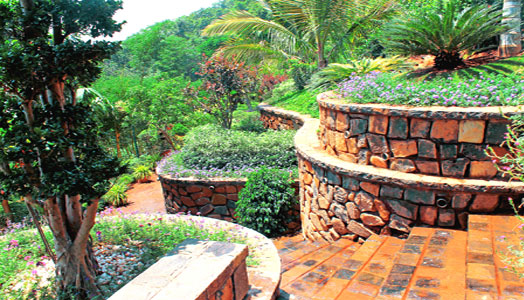 |
| . |
Lush
green soft landscaping and the monsoons share a special bond. Building and
landscape architect, Ajay Suryawanshi, shares his valuable insights on
developing and maintaining landscaped areas during the monsoons; as he showcases
his work with the Yarina and Jesica farms...
Developed
on adjacent plots, with diverse functional requirements, the two farm projects
display the designer’s intent and attempt to transcend time and purpose, while remaining
rooted to the context at an abstract level. In both projects, 50-50 ratio of
hard to soft landscaping is maintained, keeping margins for expansion.
Jessica,
a day-time farmhouse, blessed with rustic charm, is conceived more as a
sculptural entity than an architectural unit andgives an experience of living
in oneness with nature. The landscape comprises a sequence of garden spaces,
each with its own purpose and identity, creating individualistic microclimates.
Yarina,
on the other hand, with no built mass, is an attempt to create a place that
lends solitude, where one can contemplate the grandeur of nature, with nothing else,
but nature. Its flowing form with stepped plantation displays the designer’s
ingenuity in handling the challenge of vast difference in gradient, to arrive
at a uniform landscape zone with interesting connectivity.
Dwelling
on the relation landscapes share with monsoons, Ajay opines that monsoon is an
excellent period to start developing a garden as the season is most conducive for
inducing growth in plants.
Here
are some handy hints:
1. Ensure that a tender
plant is introduced a little in advance and an already grown plant is
introduced during the rains.
3. Loosen the soil instead
of tilling it. Very loose soil can be great for new plants.
4. Varieties of plants are
available, not all of them, especially many flowering varieties, bloom during
this season.
5. Most importantly, planning
your gardening even before the arrival of the rainy season will be more
effective to get the complete effect of seasonal flowers.
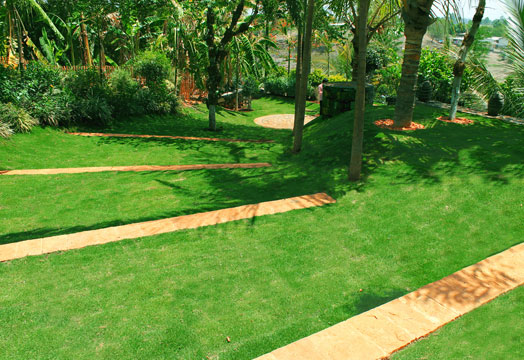 |
| . |
Special care
needs to be taken during monsoon to prevent foliage of existing plants from
getting damaged and destroyed by the presence of too much salt in the air,
exposure to strong winds, and excess humidity and water. His pointers:
1. Trim/prune your existing
plants slightly prior to the monsoon
2. Avoid accumulation of water
3. Guard against pathogenic fungi and
insects. Use bactericide
and fungicide.
4. Avoid watering if you feel the
soil is soft from the inside.
5. Take extra precautions to
shelter your green lawns
6. Another must-do during the
rains is rotating potted plants in the house to ensure that they all get
sunlight and rain water, giving them a healthy, green look.
7. Do not do grafting or
cuttings in this season; it usually ends with decay and death.
8. Nourish your plants with
natural fertilisers.
9. Always plan for a raised
flowerbed to ensure drainage of water.
10. Reduce watering.
11. While preparing the flowerbeds, please ensure that they must be slightly
raised, for helping the water to flow down; but keep the moisture.
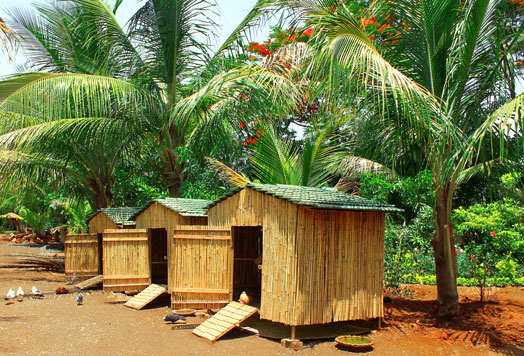 |
| . |
 |
| . |
Ajay
believes that the highlight of any well-landscaped area is its ability to gracefully
blend aesthetic appeal with functional utility, enhancing the positive
attributes of the plot and the built form and minimizing undesirable features.
Achieving a perfect harmony between the dwelling and the surrounding is the
key, he asserts.

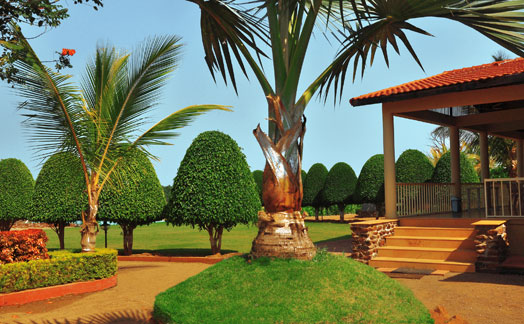
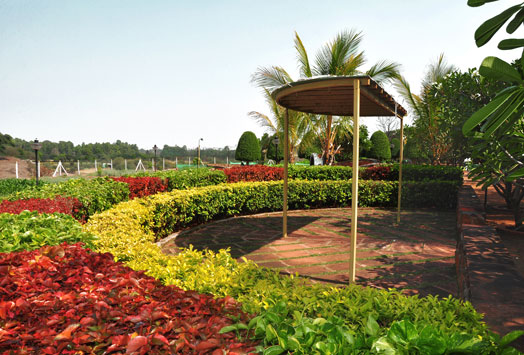
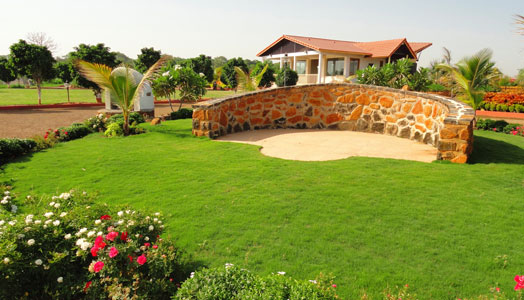
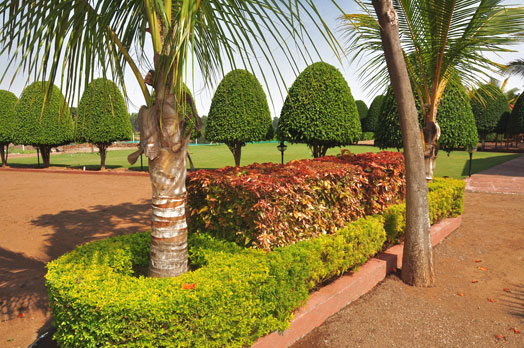
Your garden makes me swoon every time I see it. I love the levels and the layering of green
ReplyDeletenice post
ReplyDelete